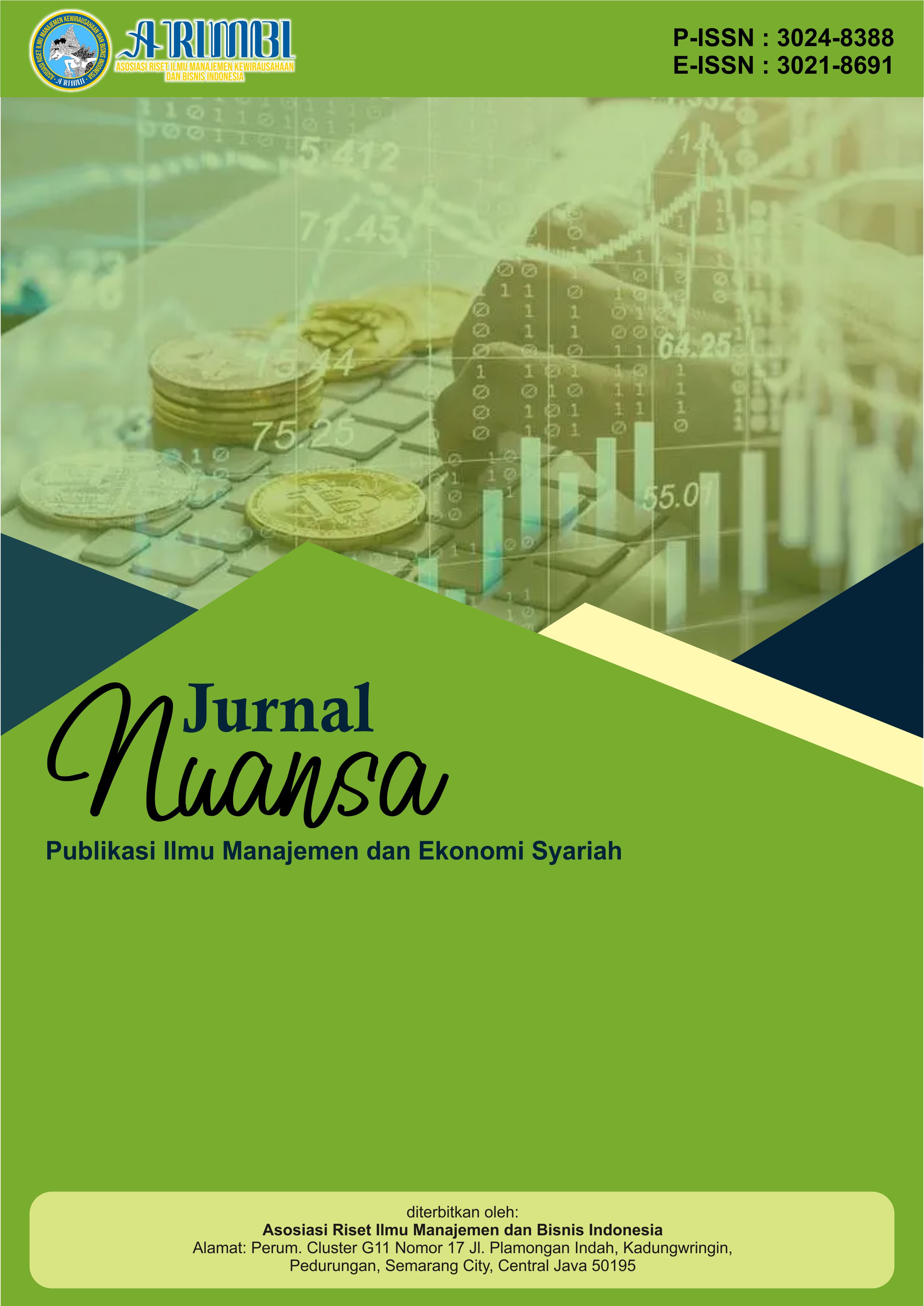Applying The Six Sigma Methodology To Enhance Accounting Information Quality And Boost Tax Revenue- An Applied Study
DOI:
https://doi.org/10.61132/nuansa.v2i4.1263Keywords:
Six Sigma, Quality of Accounting Information, Increase Tax RevenuesAbstract
The purpose of the research was to boost tax revenues and enhance the accuracy of accounting information by implementing the SIX SIGMA technique. In order to gather primary data from the study sample, which consisted of (148) personnel in the quality and internal audit departments or the representatives of them in the Iraqi General Tax Authority, a questionnaire with (148) items was created. The study came to several conclusions, chief among them being that Six Sigma standards—which include senior leadership commitment and support, feedback and measurement, continuous improvement, processes and systems, and human resources—have a major influence on enhancing the degree of accounting information quality and collecting tax revenue (internal audit activities management, risk management evaluation, planning and carrying out the audit procedure, and sharing the findings) at a significant level (0.05). The report advised focusing on the Six Sigma idea and showcasing its potential for reducing mistakes, enhancing the caliber of accounting data, and boosting tax revenues.
Downloads
References
Aghili, S. (2019). A six sigma approach to internal audits. Strategic Finance, February, 38–43.
Al-Khatib, M. F. M. (2009). The extent of the impact of using unplanned Six Sigma on customer satisfaction at the Housing Bank for Trade and Finance (Unpublished master’s thesis). College of Business, Middle East University, Amman, Jordan.
Allegrini, M., & D'Onza, G. (2019). Internal auditing and risk assessment in large Italian companies: An empirical survey. International Journal of Auditing, 7, 191–208. https://doi.org/10.1111/ijau.12115
Al-Naimi, M. A.-A. (2010). An advanced statistical method to achieve the least error. Arab Journal of Statistical Sciences, 2, 662–673.
Al-Taweel, I. M. (2009). The effectiveness of internal auditing devices in Palestinian universities in the Gaza Strip in light of international internal auditing standards: An applied study (Unpublished master’s thesis). Islamic University of Gaza, Gaza, Palestine.
Anbari, F. T. (2014). Benefits, obstacles, and future of the Six Sigma approach. Technovation, 20(5), 1–8.
Brewer, P., & Eighe, J. (2005). Using Six Sigma to improve the finance function. Strategic Finance, May, 27–33.
Breyfogle, F. W. (1999). Implementing Six Sigma: Smarter solutions using statistical methods. John Wiley & Sons.
Eckes, G. A. (2021). Six Sigma: The revolution. John Wiley & Sons.
Gerrit, S. (2007). The role of internal auditing in corporate governance: Qualitative and quantitative insights on the influence of organizational characteristics (Doctoral dissertation).
Harry, M. J. (2018). A new definition aims to connect quality performance with financial performance. Quality Progress, 33, 64–66.
Joseph, M. (2005). Using design for sigma to design an equipment depot at a unit (Doctoral dissertation). Binghamton University, State University of New York.
Lazarus, R., & Stamps, B. (2012). The promise of Six Sigma. Managed Healthcare Executive, 12, 27–30.
Pande, P., & Holpp, L. (2002). What is Six Sigma. McGraw-Hill.
Paul, L. E. (2020). Practice makes perfect. CIO Enterprise, 12(7), Section 2, 2–25.
Salami, K. A. (2005). Mada commitment companies insurance Yemeni by standards audit internal affairs (Unpublished master’s thesis). Al al-Bayt University, Amman, Jordan.
Woodard, T. G. (2005). Addressing variation in unit quality: Is Six Sigma the answer? Journal of Health Management, 50, 226–235.
Downloads
Published
How to Cite
Issue
Section
License
Copyright (c) 2024 Jurnal Nuansa : Publikasi Ilmu Manajemen dan Ekonomi Syariah

This work is licensed under a Creative Commons Attribution-ShareAlike 4.0 International License.






